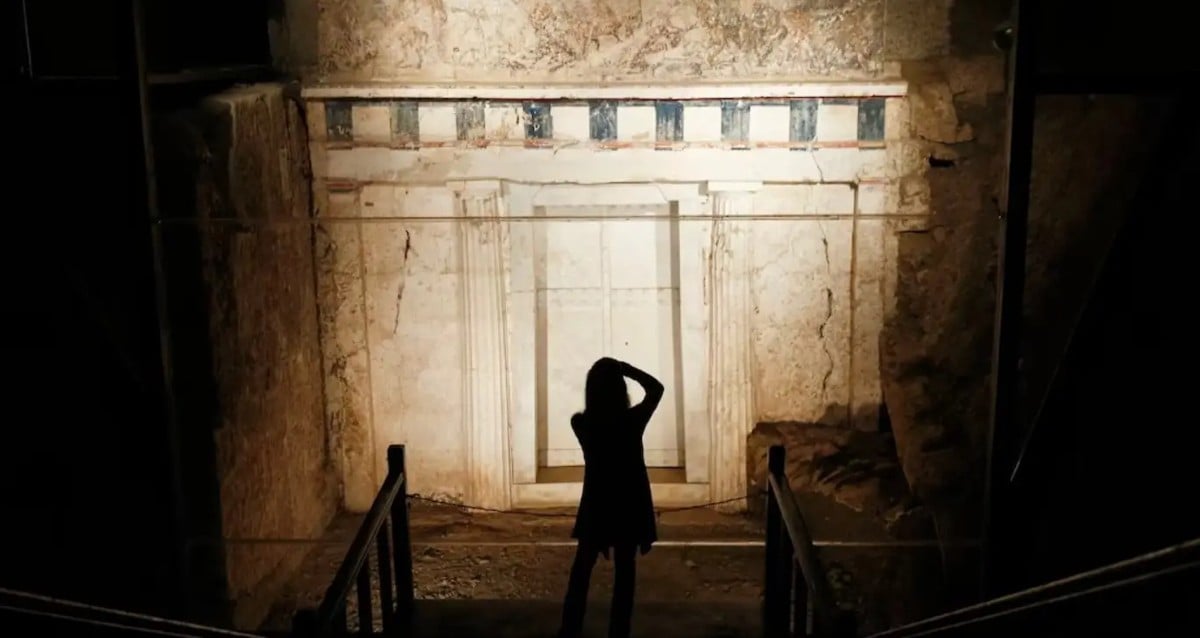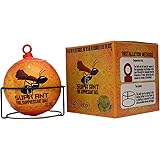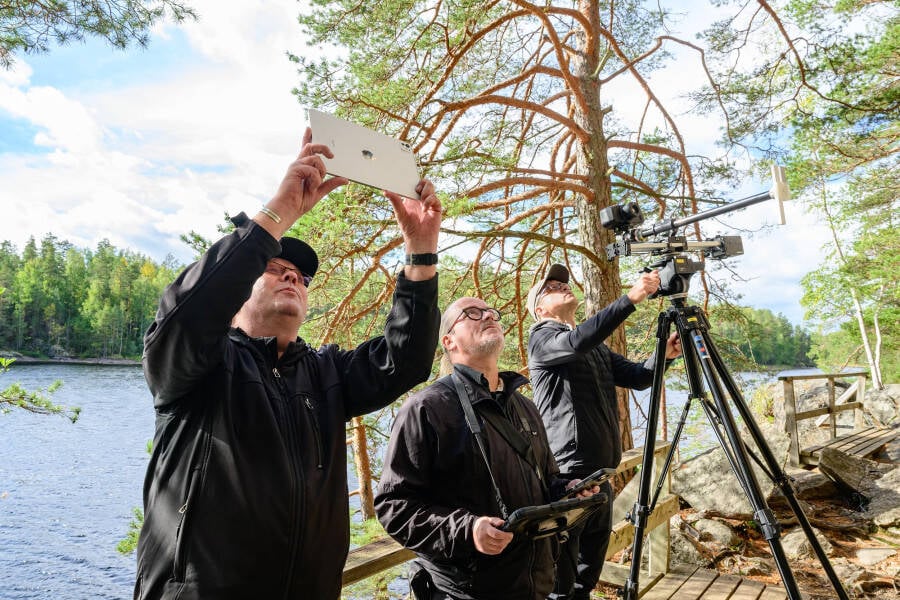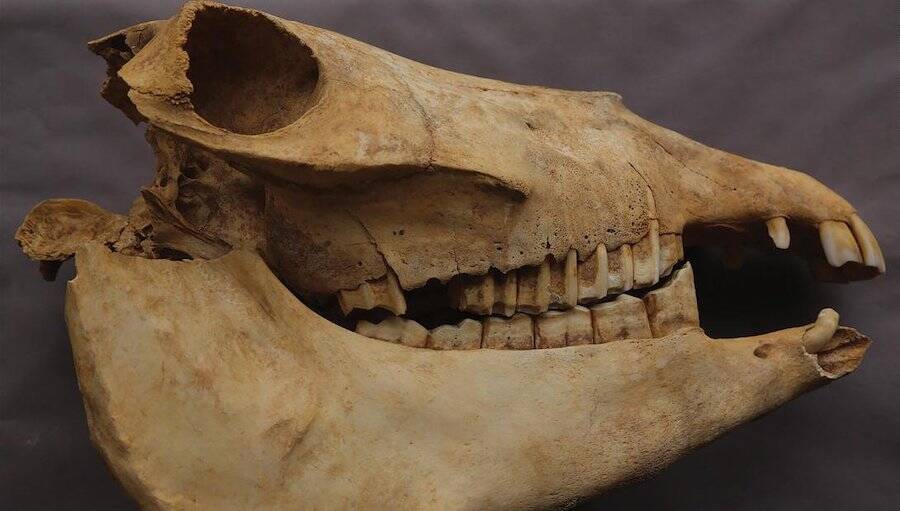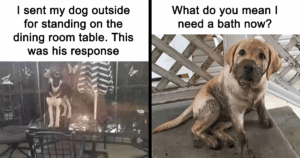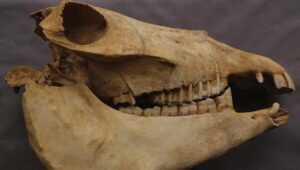Mystery Deepens: Ancient Greek Tomb Linked to Alexander the Great’s Father Reveals Unexpected Family Secret
But if they’re the ones who are buried in Tomb I, then were was Philip II buried?
For the moment, the answer remains unknown. Some researchers have suggested that Philip II was buried in Vergina’s Tomb II (where a royal tunic perhaps belonging to Alexander the Great was found in 2024), but the 2024 study refuted that claim. At that time, researchers pointed to the fact that the male skeleton in Tomb II lacked an eye injury (which Philip famously obtained when he was hit by an arrow during the siege of Methone in 354 B.C.E.).
Still, some scholars believe that Tomb II likely holds Philip II’s cremated remains, while others think it holds Alexander the Great’s older half-brother, King Philip III Arrhidaeus.

Richard Mortel/Wikimedia CommonsA bust of King Philip II of Macedon, the father of Alexander the Great.
In any event, the location of Philip II’s burial is far from the only mystery that surrounds Alexander the Great, whose mysterious death in 323 B.C.E. remains little understood to this day. But according to the most recent research, one thing that is clear is that Philip II and his family are not buried in Tomb I at Vergina.
“Previous suggestions,” the researchers concluded in their study, “that the skeletal remains [in Tomb I] belong to Philip II, his wife Cleopatra and newborn child are not scientifically sustainable.”
After reading about the new study of the Vergina tombs, discover the story of Queen Olympias, Alexander the Great’s formidable mother. Then, go inside the myth of Alexander the Great and the Gordian Knot.
